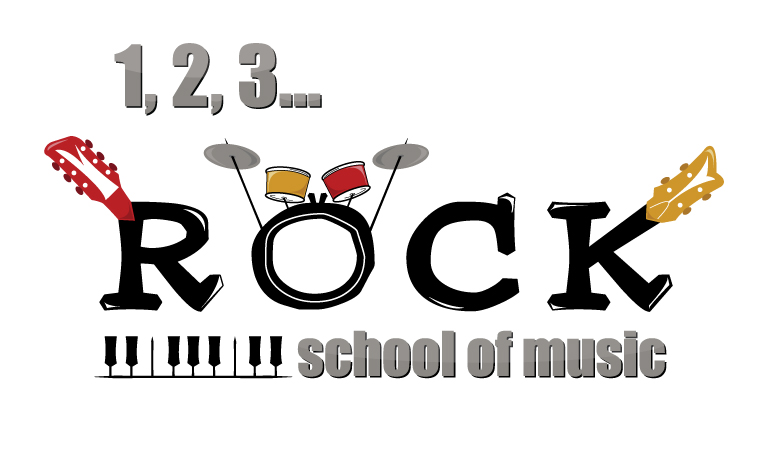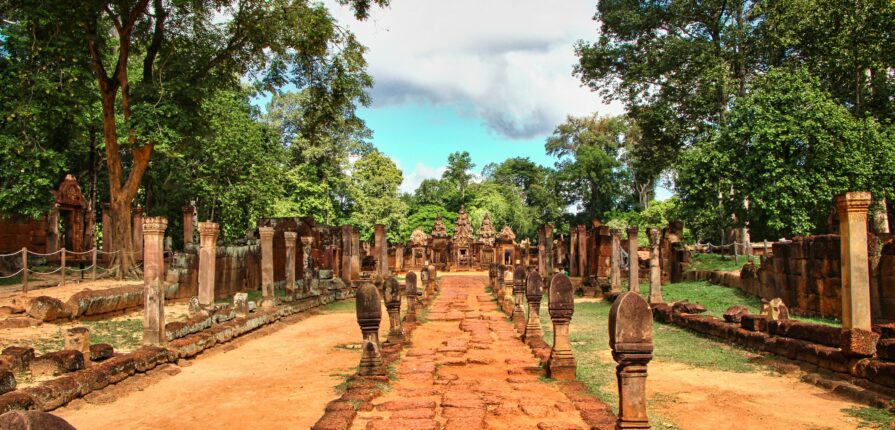Music is a universal language that has shaped human history for millennia. While much of the music from ancient civilizations has been lost to time, modern tools and knowledge have made it possible to reconstruct these ancient sounds. These efforts offer glimpses into the musical past of long-forgotten cultures. Through archaeological discoveries, technological advancements, and scholarly research, we are uncovering the melodies, rhythms, and instruments that once filled the air in ancient Mesopotamia, Egypt, Greece, and beyond. This exploration sheds light on their cultures, rituals, and daily lives, revealing the deep significance music held in the ancient world.
-Friday, January 17
The Quest to Reconstruct Ancient Music
Unlike visual art or literature, music often eludes the historical record. Instruments decay, sheet music deteriorates, and oral traditions fade into obscurity. Yet, through perseverance and innovation, researchers are piecing together what music might have sounded like in ancient times.
Archaeological findings provide tangible clues, such as musical instruments, written notations, and texts describing musical practices. Advances in computer modeling and AI allow us to simulate the sounds of these ancient instruments and reconstruct musical scales from physical remains and historical descriptions. Cultural analysis further enriches this effort, as ancient texts like the Hurrian Hymns or Greek epigrams reveal how music was composed and performed. Together, these methods bring the melodies and instruments of ancient music to life, offering insight into their cultural and spiritual significance.
The Instruments of Ancient Civilizations
One of the most exciting aspects of reconstructing ancient music is rediscovering the instruments. While some resemble modern counterparts, others are unique to their time and place, each telling a story of the civilization that crafted them.
In Mesopotamia, stringed instruments like lyres and harps were prominent. Artifacts such as the Ishtar Gate depict musicians playing lyres, and well-preserved examples reveal their rich, resonant sound. These instruments likely accompanied religious ceremonies, royal festivities, and community gatherings.
In Egypt, reed flutes and wooden or pottery drums played pivotal roles in both sacred and secular settings. Instruments like the sistrum, a rattle used in rituals honoring gods like Hathor, create a rhythmic connection to ancient religious practices. Replicas of these instruments bring their sounds to modern ears.
Greek music thrived with instruments like the kithara, a stringed instrument, and the aulos, a double-reed wind instrument. These were central to public performances, from epic poetry readings to theatrical plays. The kithara added melodic depth to cultural events, while the aulos provided rhythmic accompaniment.
In the Indus Valley, musical seals and reconstructed stringed instruments hint at a rich, complex tradition that may have influenced later South Asian music. These early artifacts reflect the ingenuity and creativity of their makers.
Rediscovering Ancient Musical Notations
Beyond instruments, scholars have uncovered ancient musical notations, offering invaluable insights into composition. The Hurrian Hymn No. 6, dating back to around 1400 BCE, is the oldest known piece of written music. Found in Ugarit (modern-day Syria) and inscribed on a clay tablet, its notation system differs vastly from modern Western music but has been deciphered to reveal a haunting melody. This hymn, likely performed in religious rituals, bridges a gap of thousands of years, allowing modern listeners to connect with the distant past.
Music and Rituals in Ancient Civilizations
In the ancient world, music was more than entertainment—it was deeply intertwined with religion and culture. In Egypt, music played a central role in rituals honoring the gods, with instruments like the harp and lyre creating a divine atmosphere.
In Greece, music was integral to education, civic life, and philosophy. Public festivals, athletic events, and theaters echoed with melodies from the aulos and kithara, reflecting music’s power to shape morality and societal values.
In Mesopotamia, temple rituals at Ziggurats often included elaborate musical performances. Worshippers honored gods like Ishtar and Enlil with melodies composed using the earliest forms of musical notation inscribed on clay tablets.
Modern Attempts to Recreate Ancient Music
Today, historians and musicians are breathing life into ancient music through research and creative interpretation. Groups like Ancient Sounds and The Hurrian Project use reconstructed instruments to perform these long-lost melodies. Combining ancient texts, artifacts, and modern imagination, they fill in the gaps where historical evidence is incomplete. Technological innovations, including virtual reality (VR) and artificial intelligence (AI), are transforming music reconstruction. By simulating ancient environments like Egyptian temples or Greek amphitheaters, researchers can recreate the acoustic experiences of the past. These immersive projects offer new ways to engage with history, blending sound with space.
The Significance of Rediscovering Ancient Music
Reconstructing the sounds of ancient civilizations is more than an academic pursuit—it’s a means of connecting with our ancestors. These rediscoveries provide insights into their beliefs, emotions, and daily lives, making history tangible and relatable.Hearing the Hurrian Hymn or the resonant notes of a Mesopotamian lyre allows us to glimpse the spiritual practices and creative expressions of ancient peoples. Understanding how the Greeks used music to shape philosophy and public life reveals the values of a civilization that continues to influence the modern world.
The Future of Ancient Music Reconstruction
The journey to uncover ancient music is ongoing, with advancements in AI and machine learning promising even more accurate reconstructions. Virtual reality could enable audiences to “attend” an ancient concert, immersing them in the sights and sounds of the past. As we continue to explore the links between music, language, and culture, we may discover that music played an even greater role in ancient societies than previously understood. These efforts deepen our connection to humanity’s shared history and inspire future generations to pursue the mysteries of the past.
The melodies of ancient civilizations are no longer lost—they are being rediscovered, reconstructed, and shared with the world. By reviving these sounds, we not only honor the creativity of our ancestors but also celebrate the enduring power of music to connect us across time and space.


